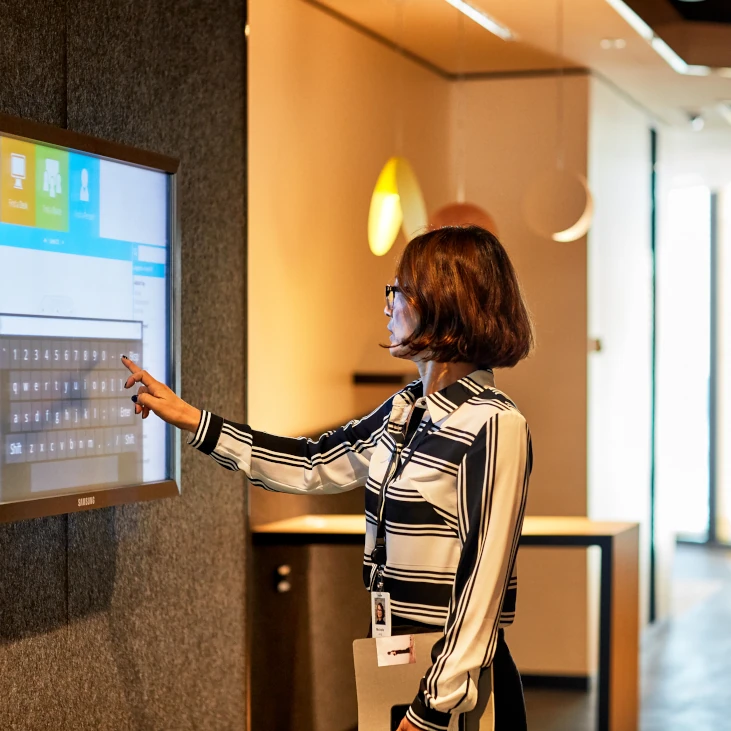200 George St sets a new standard in the high-rise building class and is one of Australia’s most environmentally advanced and sustainable buildings. Buildings Evolved was contracted by Meld Strategies to deliver a Living Lab and smart building Power BI dashboard service to Mirvac’s 200 George.

Website: www.meldstrategies.com
Client: www.mirvac.com.au
Budget: $400k
Location: Australia
Industry: Real Estate Development & Operations
Employees: 1,540
Key Outcomes
- Operational insights and control of telemetry data, temperature, electricity, gas, water and waste to stakeholders through internet based platform.
- Give public access to environmental data predicating awareness over utility and resource minimisation initiatives.
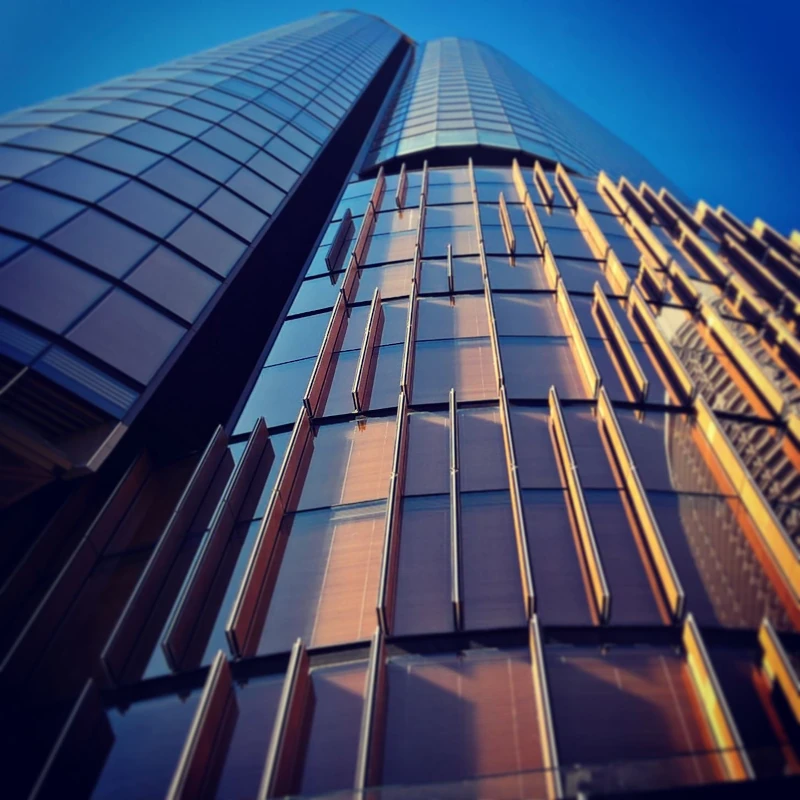
Scope
The Mirvac Living Lab is located on Level 30 of 200 George Street in the Sydney CBD.
Mirvac’s Smart Tenancy is ground breaking in that it is based upon an integrated and symbiotic relationship with the commercial office base building it occupies. It is one that:
- promotes continuous learning regarding the performance of the building and Mirvac’s tenancy;
- supports a highly collaborative workplace environment;
- enhances Mirvac’s workplace design capabilities; and
- enhances the user experience of visiting and working in Mirvac that will inspire clients, staff and visitors alike.
Tenant Dashboard
The smart building Power BI dashboard solution provides relevant and timely information to occupants including building specific telemetry data, conveying essential information quickly and clearly to stakeholders and tenants with the goal of having a positive effect on consumption behaviour and effectively managing the building’s performance and operation.
 Photo of one of many tenant dashboards and screens, this for water consumption.
Photo of one of many tenant dashboards and screens, this for water consumption.
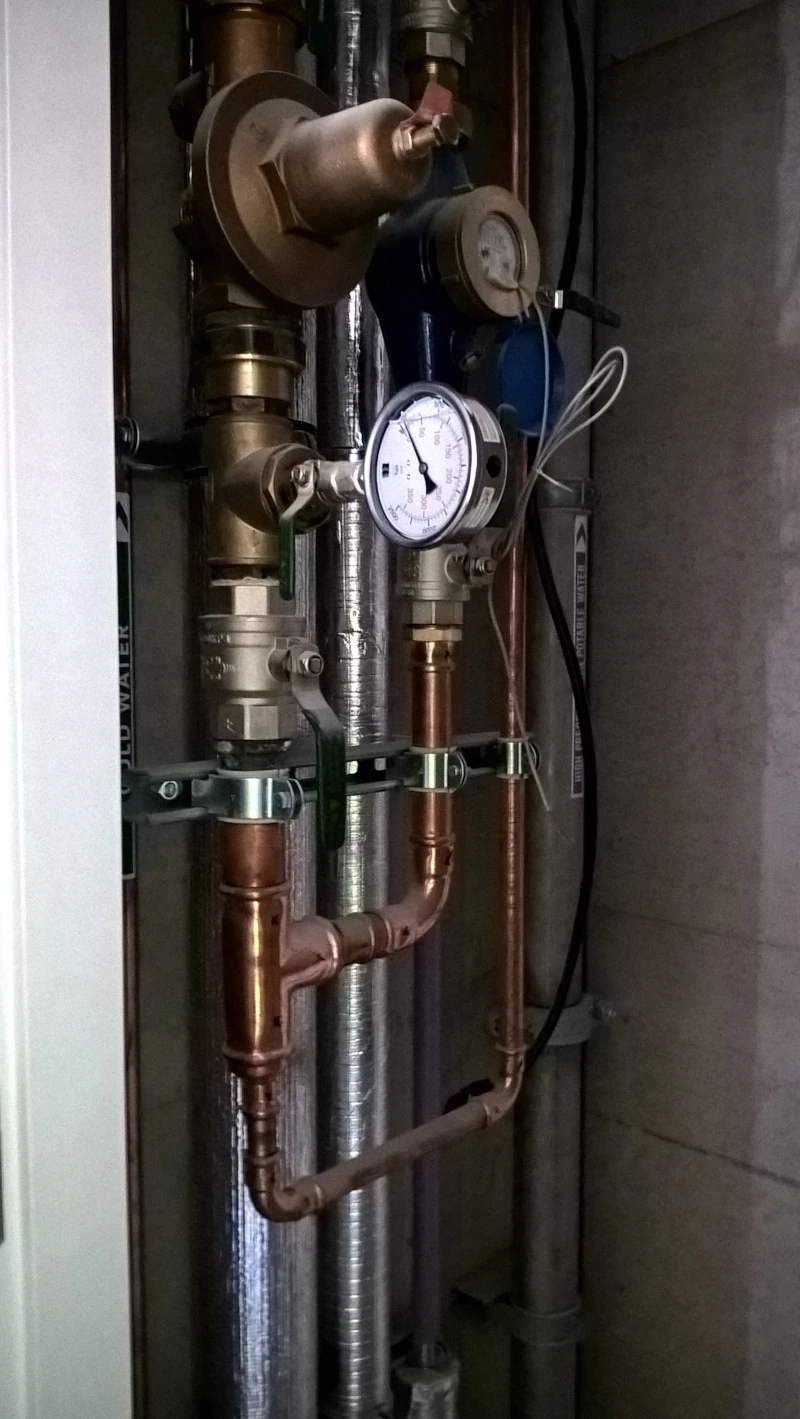 The source of data - water meters in the hydraulic riser cupboard.
The source of data - water meters in the hydraulic riser cupboard.
Pyranometers
To understand the impact of the double skinned facade with integrated automated louvres, it was decided to put the measure to the test. Pyranometers were added to both the interior, mounted on poles from the ceiling per the image below, and on the outside of the building. North, east and west aspects were covered with 3 sets of pyranometers to make a total of 6. Modbus data was read by the EasyIO PLCs and from there made available to the Mirvac data lake for display on the tenancy dashboard and for use by Mirvac for internal design review and project evaluation.
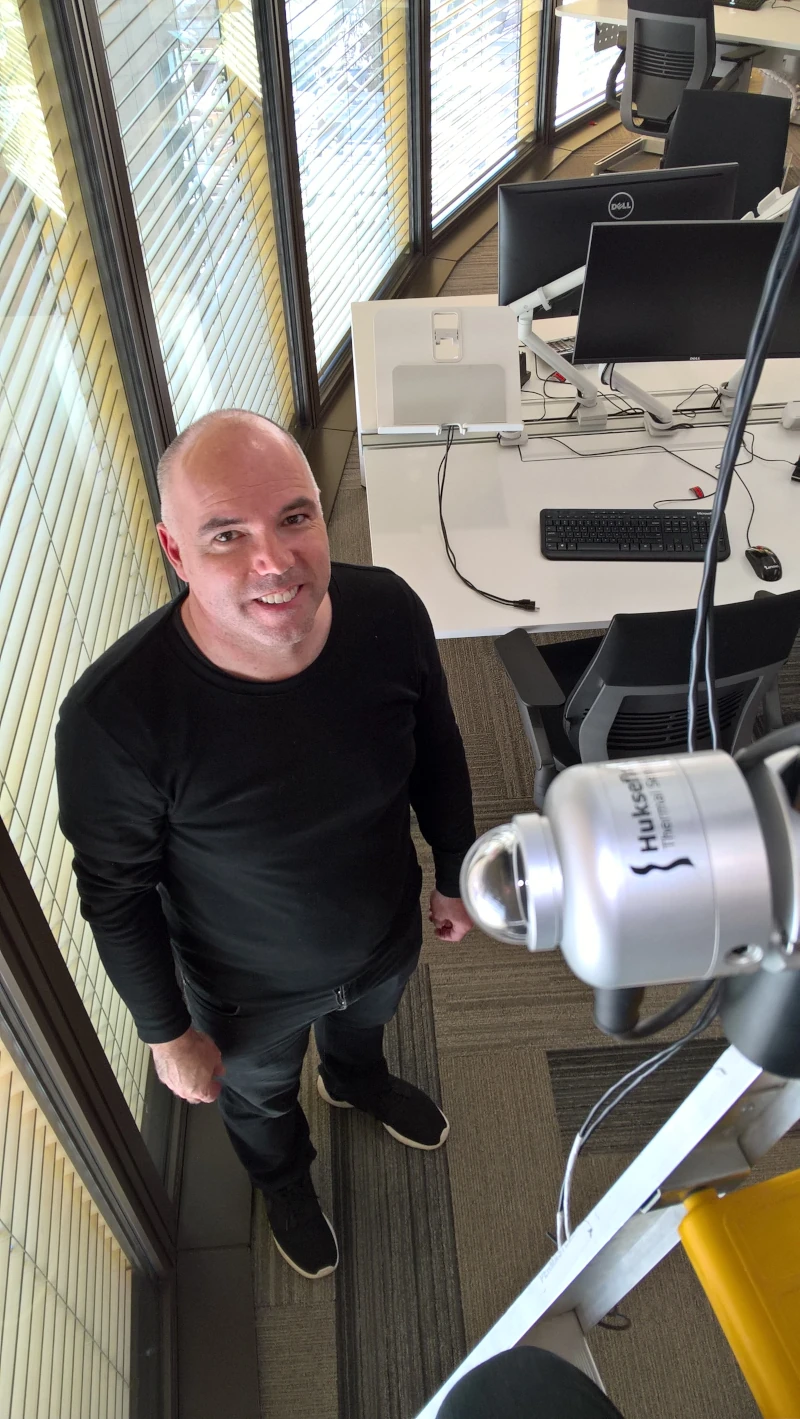
Bruce Duyshart, pricipal consultant at Meld Strategies with a Huskeflux Pyranometer.
Vibration Sensors
As part of the WELL rating scheme, low amounts of vibration in the building is considered an essential part of occupant comfort. Vibrations in the building envelope have been shown to cause subconscious or conscious levels of distraction for building occupants. With the CBD light rail construction underway outside the building, it was of particular interest to see if the development work outside would impact the comfort of building occupants.
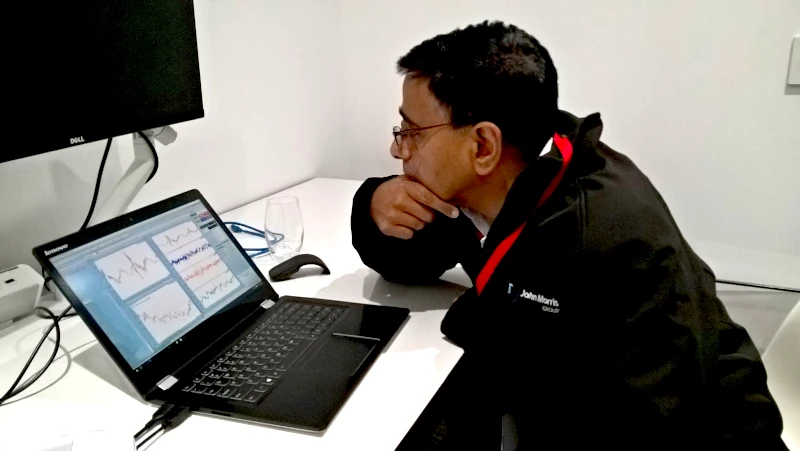
Priya Sankar from John Morris Group commissioning the vibration sensor software.
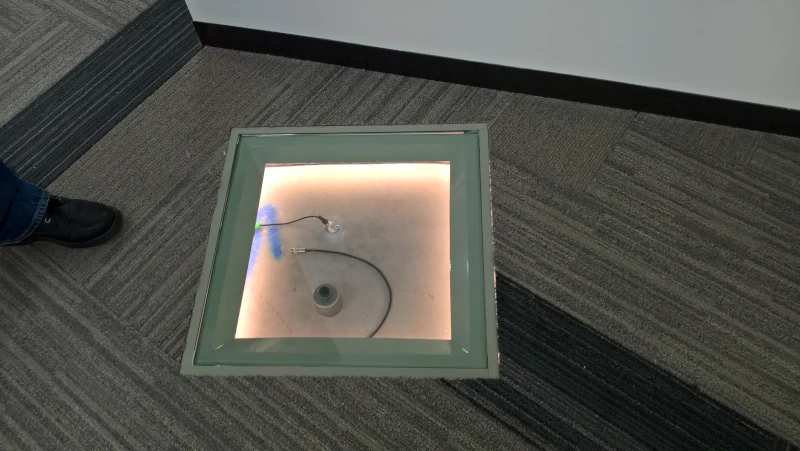
A feature was made of the vibration sensor themselves, with a glass tile and peripheral lighting.
Commissioning and testing of vibration sensors at Mirvac Lab (excuse the noise in the audio).
University of Sydney ‘SAMBA’ IEQ sensors
Mirvac have been research partners with the Indoor Environment Quality (IEQ) team for many years prior to the construction of 200 George Street. Numerous studies were conducted at the old Mirvac HQ at 60 Margaret Street to understand occupant comfort in relation to air exchange rates for the HVAC system.
In collaboration with Mirvac, Meld and the IEQ Lab, we provided guidance and input to the USYD team on the requirements for a RESTful API so that sensor data could be extracted into the Mirvac data lake and ultimately displayed on tenant smart building Power BI dashboards and in Mirvac BI reports.
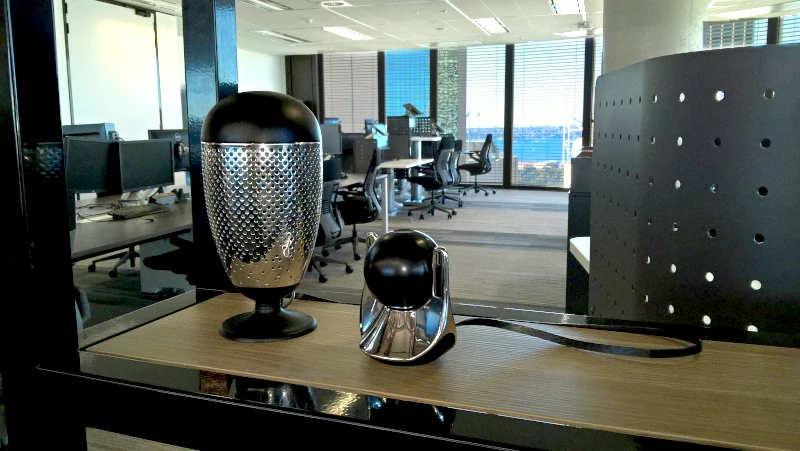 ‘SAMBA’ IEQ Sensors from the IEQ lab at University of Sydney, housed at Mirvac HQ.
‘SAMBA’ IEQ Sensors from the IEQ lab at University of Sydney, housed at Mirvac HQ.
Smart building, smart meter display
To promote awareness of smart buildings and smart meters within Mirvac, it was decided that a purposeful display of such equipment of benefit to the organisation and staff. Level 27 houses functional components (excepting the water meters) of the living lab, including the central controller fo the sensor network, power supplies, network switches and peripherals.


